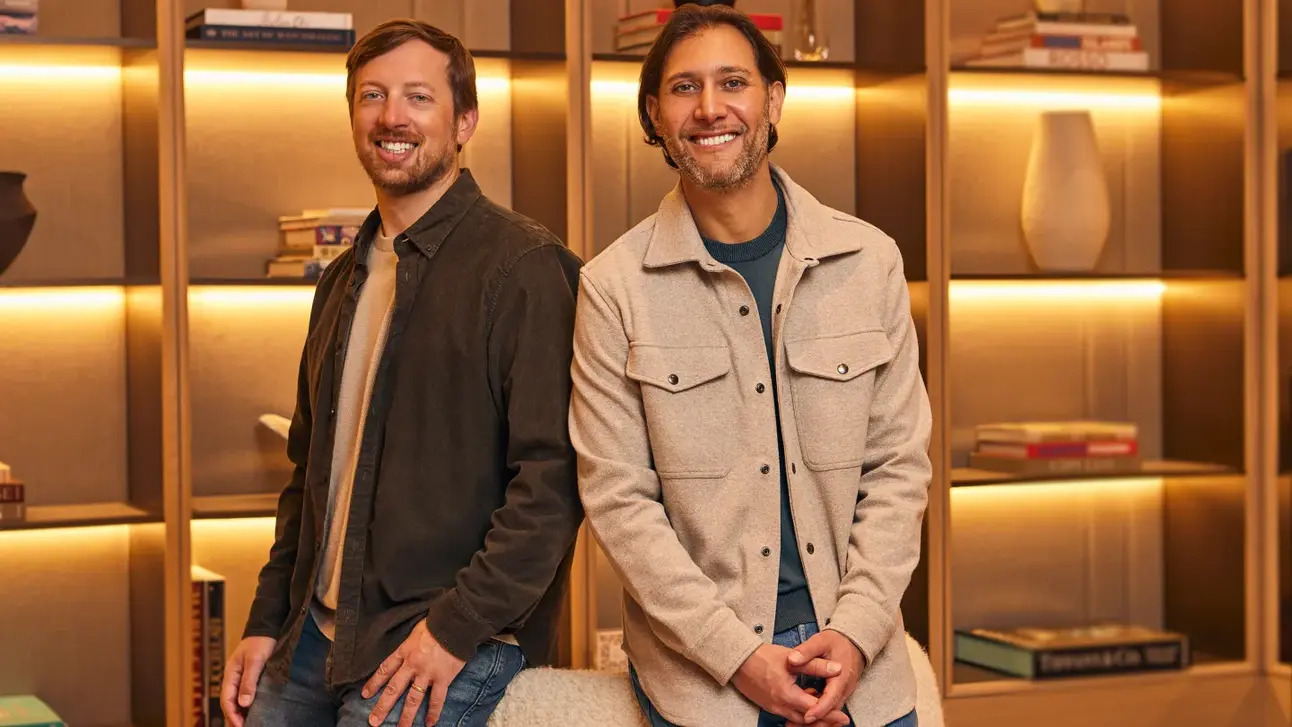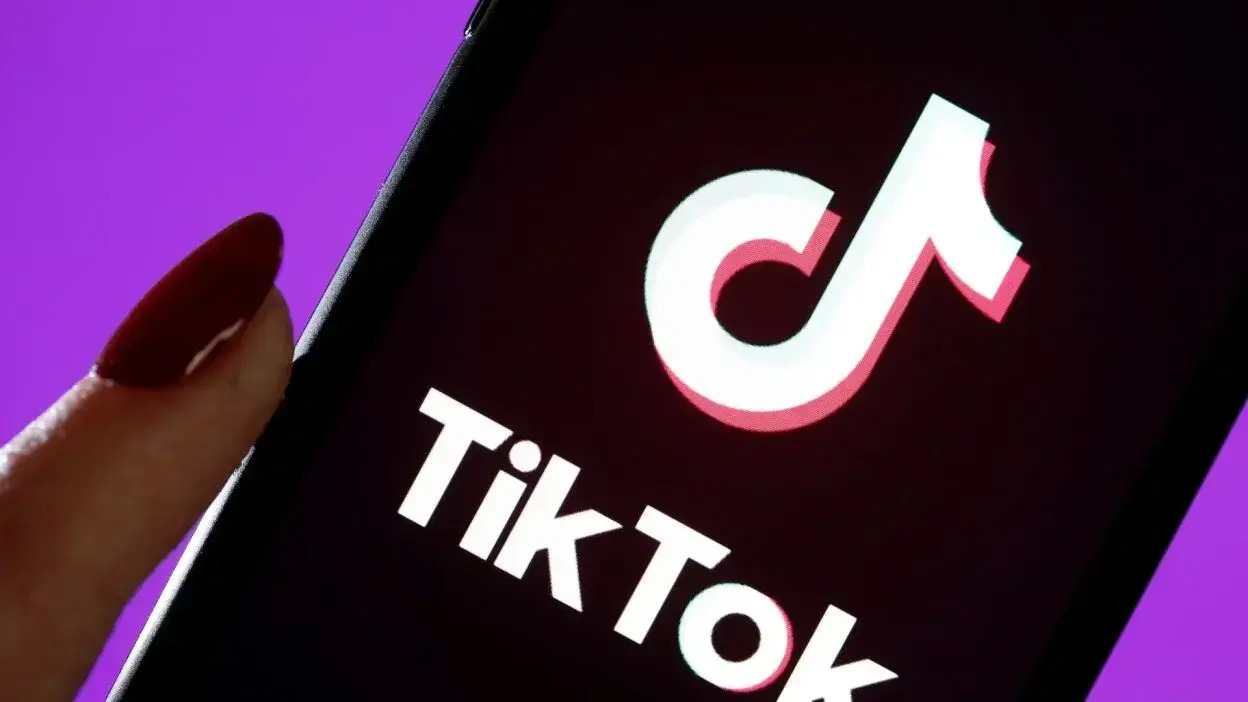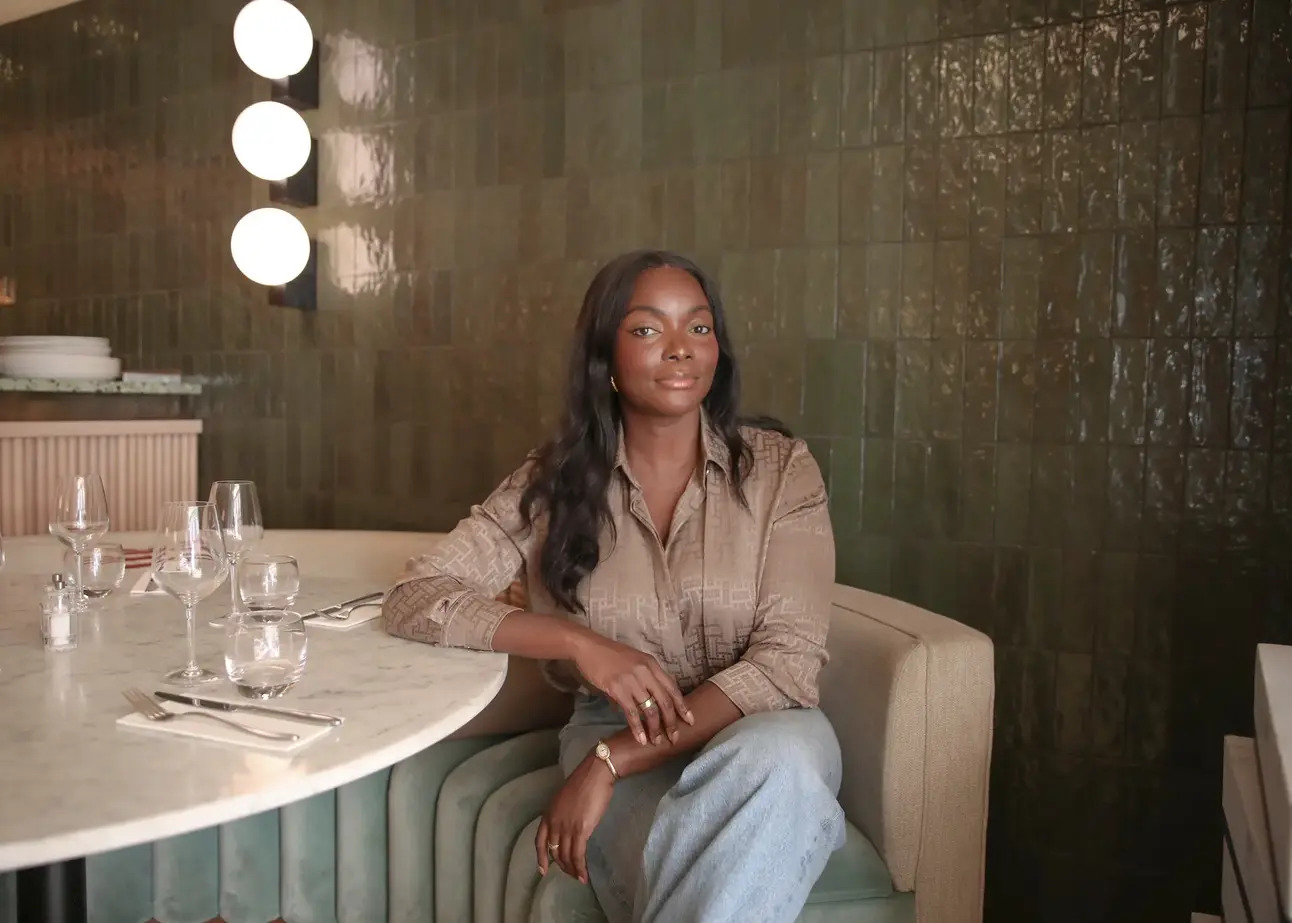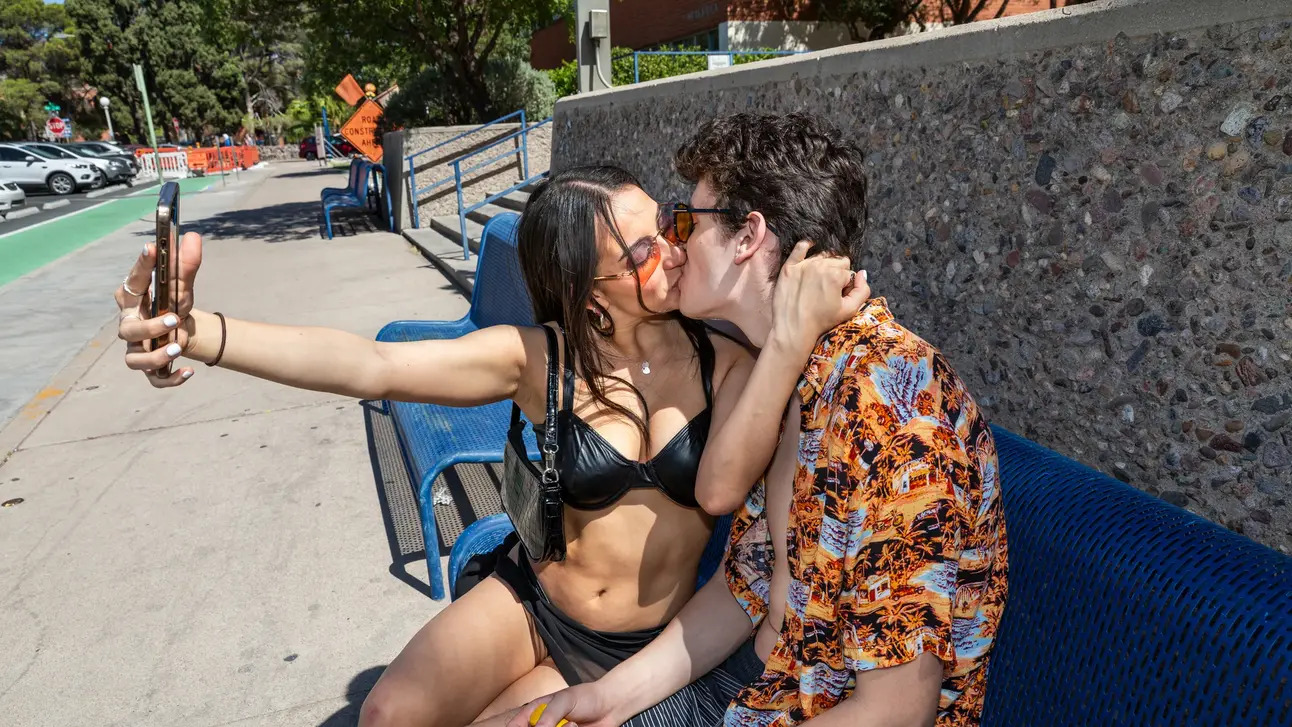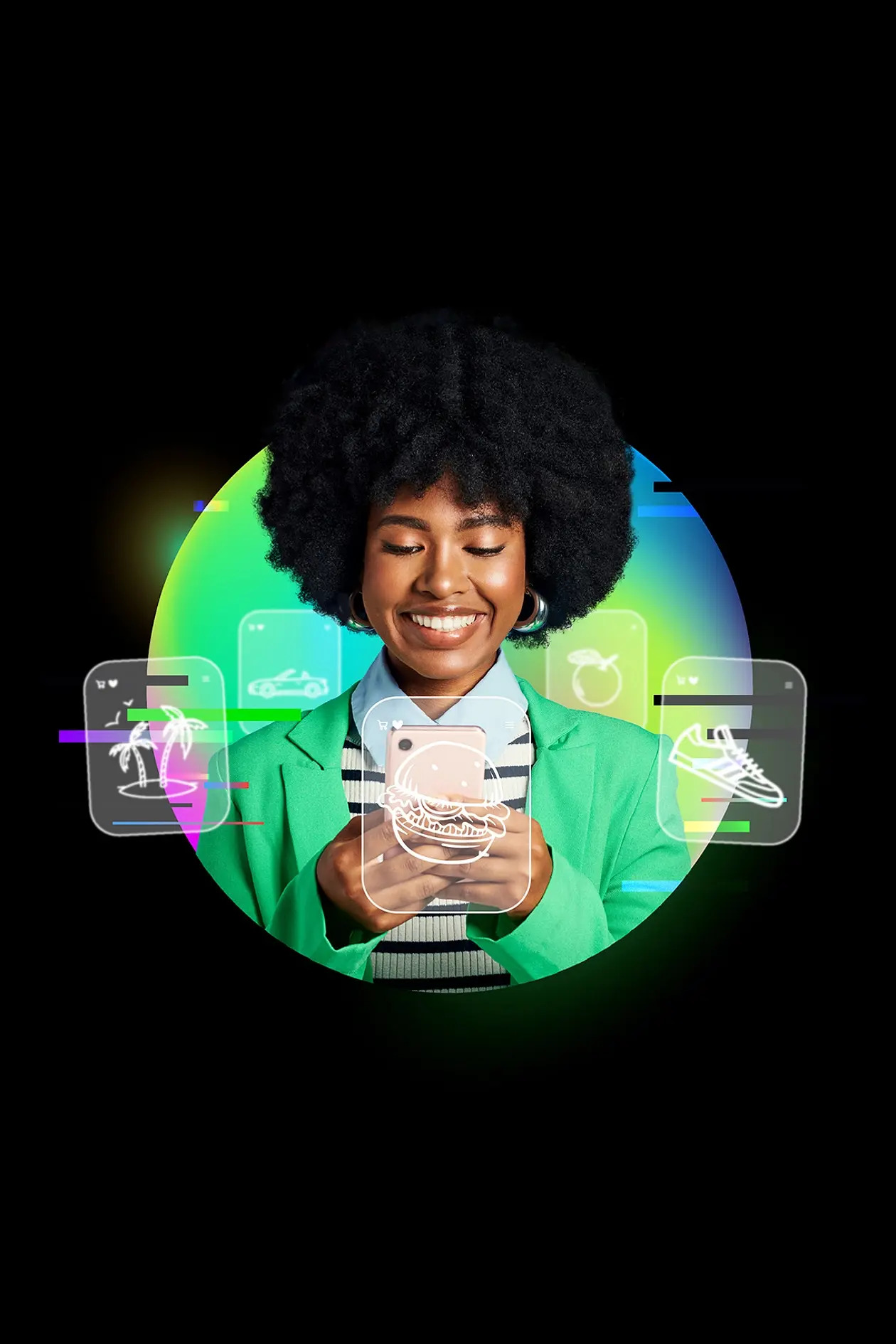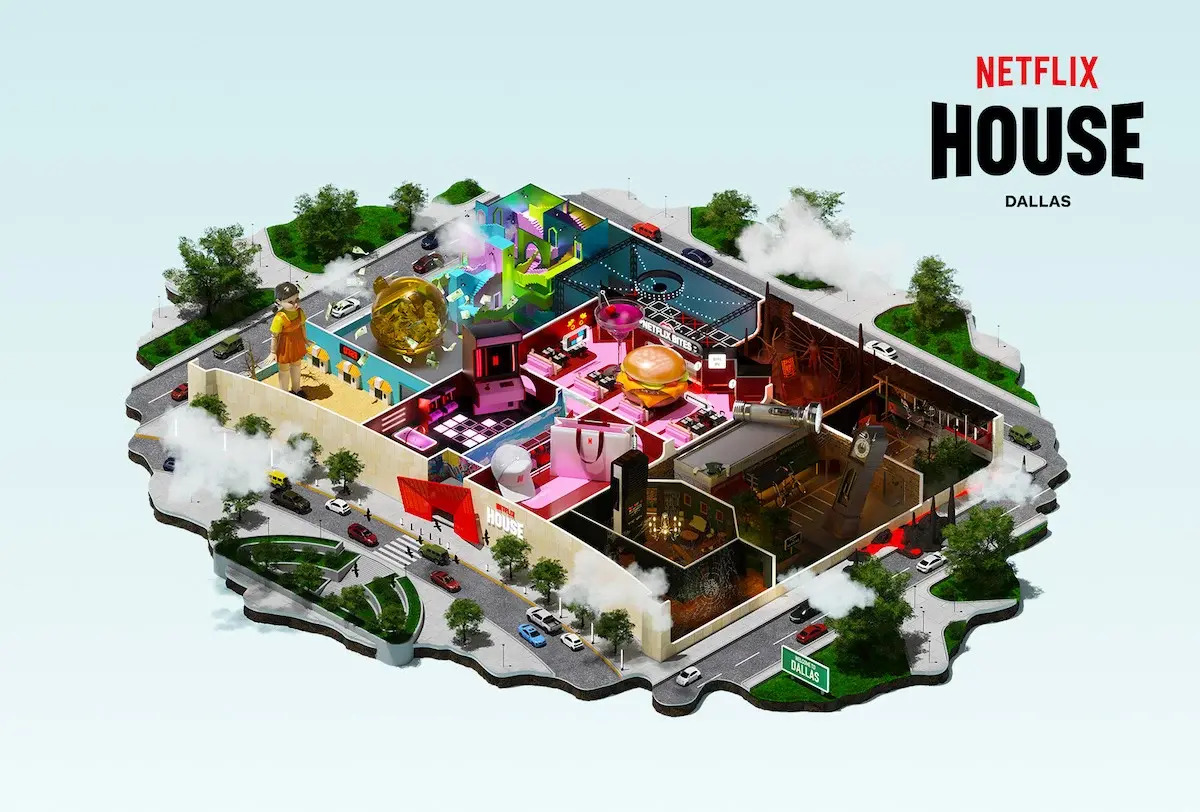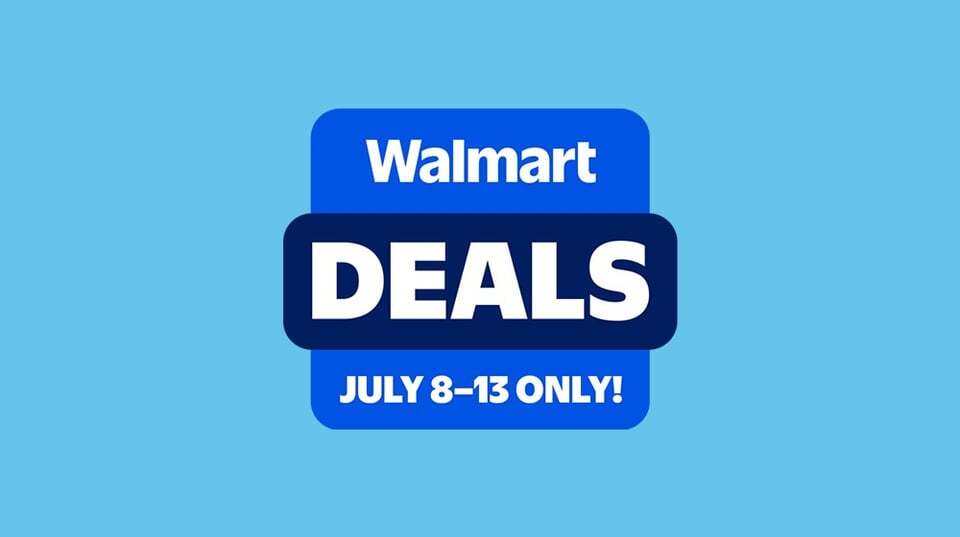- The 10 Things Newsletter
- Posts
- Influencers Are the New Paid Media—Even at Cannes
Influencers Are the New Paid Media—Even at Cannes
Plus: Price Isn’t Everything as Consumers Shift Spending
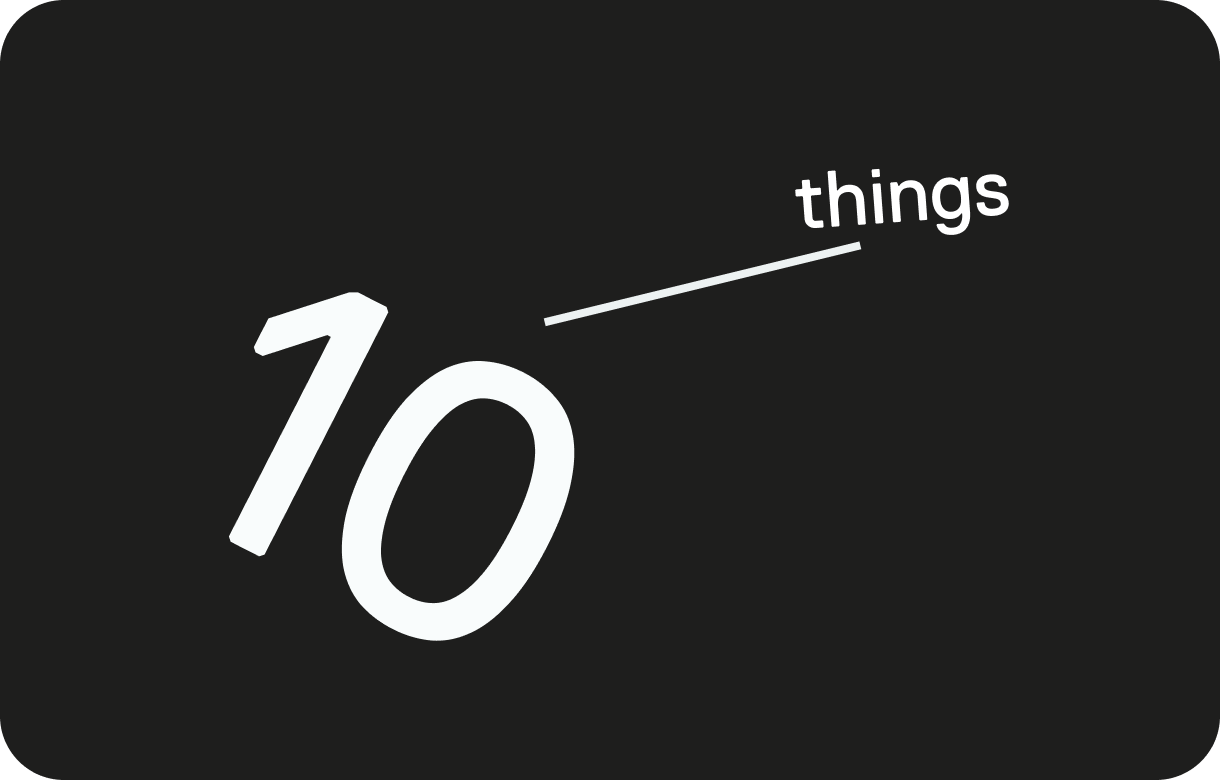
Hey there—Ryan here in sunny LA ☀️. Here’s what I’m tracking today across entertainment, tech, and marketing:
TikTok’s getting real with Community Fest 2025, spotlighting creators turning niche passions into live entertainment empires. But the weirder, wilder side of content? AI-generated ASMR is blowing up—molten lava slurps and radioactive crunches courtesy of Google’s Veo 3. This is what happens when synthetic video goes full sensory.
On the industry side, a former YouTube exec just launched Further Adventures, a creator-first studio aiming to turn digital storytellers into IP powerhouses. Think MrBeast meets A24. Meanwhile, the FTC is cracking down on Omnicom’s media dominance, and Cannes just crowned influencers as the new paid media kings.
And Pixar’s Elio? Total flop. But it’s more than a box office miss—it’s a warning shot for studios betting against simplicity and original storytelling.
Let’s get into it. 👇
Thanks for reading! Enjoyed this edition? Share it with a friend or colleague!
Was this forwarded to you? Sign up here to receive future editions directly in your inbox.
Support the Newsletter: If you’d like to support my work, consider contributing via Buy Me a Coffee.
Stay Connected: For more insights and updates, visit my website or follow me on LinkedIn, YouTube, and TikTok.
Work with Me: Interested in partnering with me on sponsored content, consulting/advising, or speaking and workshops? Get in touch here.
How was today's newsletter?Feedback helps me improve! |
